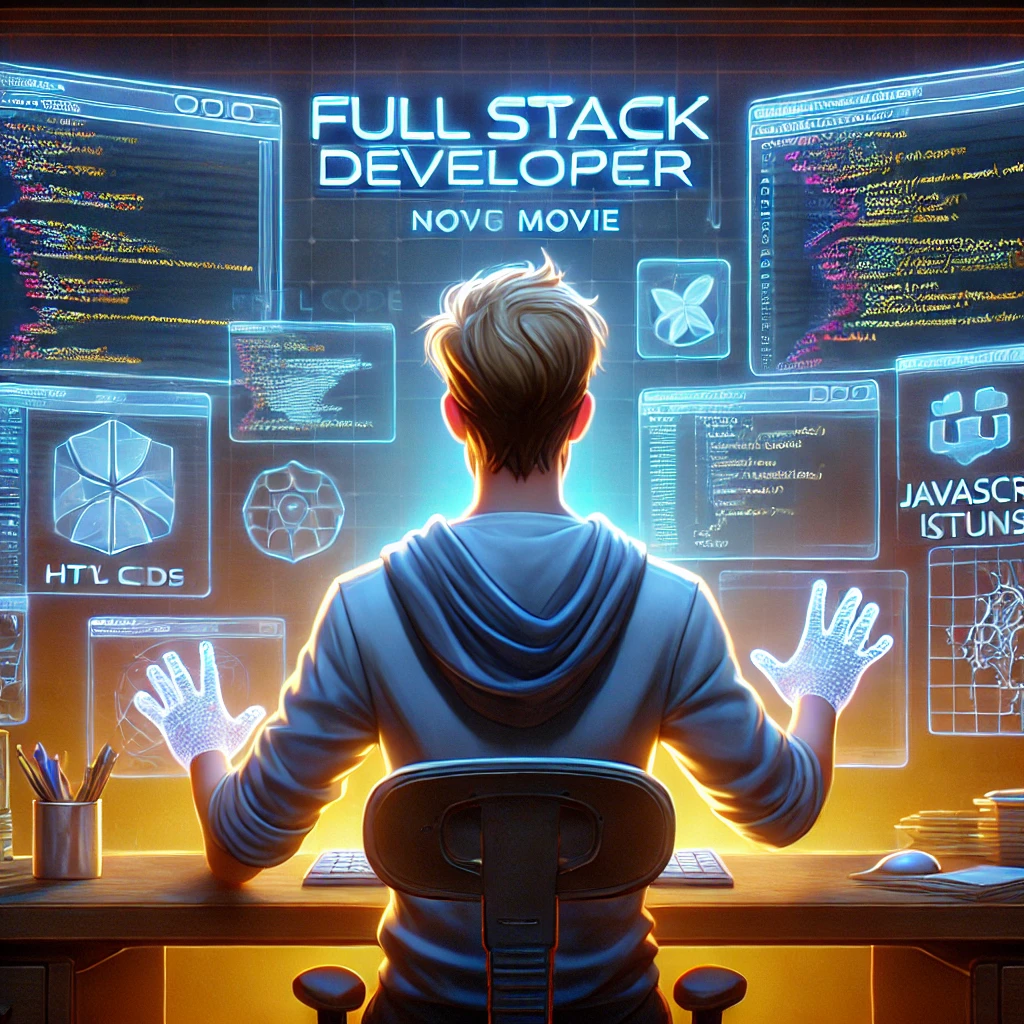Backend Developer

Backend Developer
Responsible for server logic development, databases, and APIs that enable applications to function smoothly.
SQL
Structured query language used to manage and manipulate relational databases.
C#
Object-oriented programming language developed by Microsoft for creating applications on multiple platforms.
Java
Widely used programming language for developing enterprise and mobile applications.
PostgreSQL
Relational and object-oriented database management system known for its reliability and extensibility.
MongoDB
Document-oriented NoSQL database used to store data flexibly and scalably.
Python
Multipurpose programming language popular for its simplicity and large ecosystem for data science, backend, and more.
C
General-purpose programming language used in operating systems, drivers, and high-performance applications.
Bash
Unix shell used for task automation and command execution in Unix-based operating systems.
Node.js
JavaScript runtime environment on the server side, used to build scalable applications.
Spring Boot
Java framework for rapid creation of enterprise applications, facilitating configuration and deployment.
Redis
Key-value NoSQL database used for in-memory storage and high-speed data caching.
Django
High-level framework for web development in Python, known for its ease of use and robustness.
Flask
Lightweight Python framework for web application development.
CI/CD
Continuous integration and continuous deployment (CI/CD), practices for automating the building, testing, and delivery of software.
Git
Distributed version control system used for tracking changes in code.
NGINX
Web server and reverse proxy used to manage HTTP traffic, load balancing, and real-time applications.
Data Structures
Introduction to common data structures such as lists, stacks, queues, trees, and graphs, essential for programmers.
Algorithms
Course on algorithm analysis and design, covering algorithm efficiency and how to improve code performance.
Service-Oriented Architecture (SOA)
Design approach where software components are interoperable services.
OWASP
Set of guidelines and standards for web application security, created by the Open Web Application Security Project.
DesignPatterns
Course on software design patterns that provide reusable solutions to common development problems.
REST API
Principles of designing and developing RESTful APIs, used for interaction between applications.
Networks
Course on basic network concepts, communication protocols, and models like TCP/IP and OSI.
Database Fundamentals
Introduction to the principles of relational and non-relational databases, schema design, and normalization.
Fundamentals of Programming
Introductory course on basic programming concepts such as variables, control structures, and algorithms.
Microservices
Software architecture for building applications in small, decoupled services that interact through APIs.
Fundamentals of Information Security
Course on basic security principles, cybersecurity, and cryptography, covering risks and protection measures.
Problem Solving
Ability to identify problems and develop efficient and effective solutions.
Analytical Thinking
Ability to analyze information logically and in detail to make well-founded decisions.
Teamwork
Ability to collaborate effectively with others and build strong working relationships.















